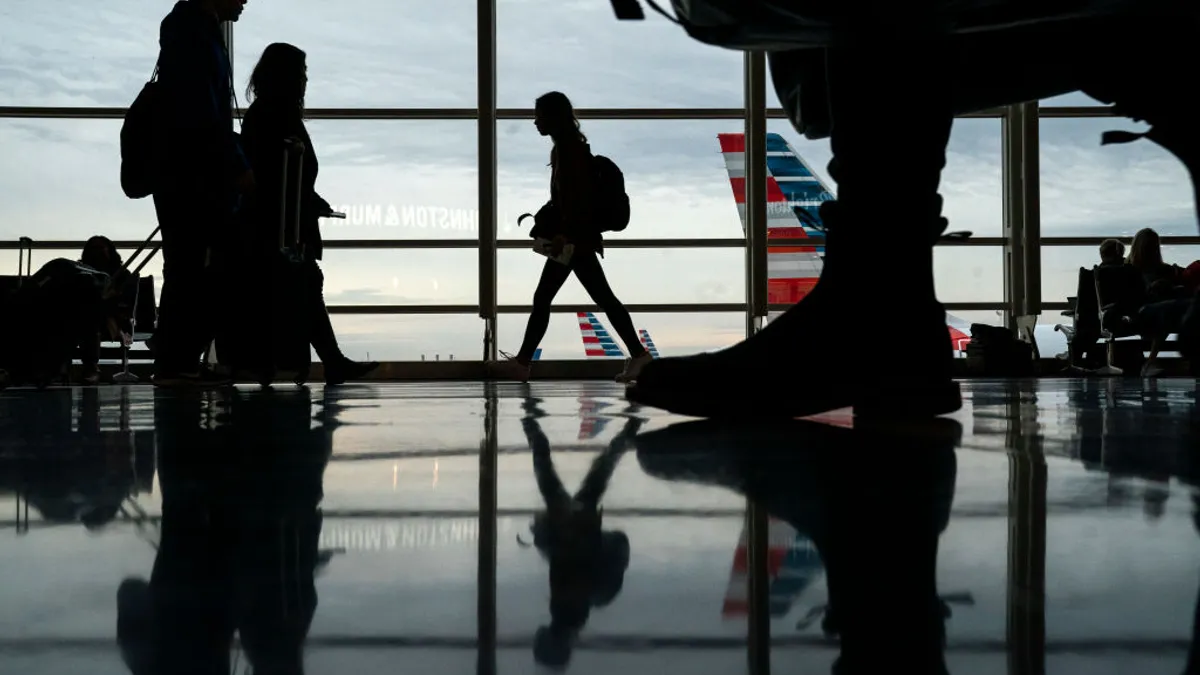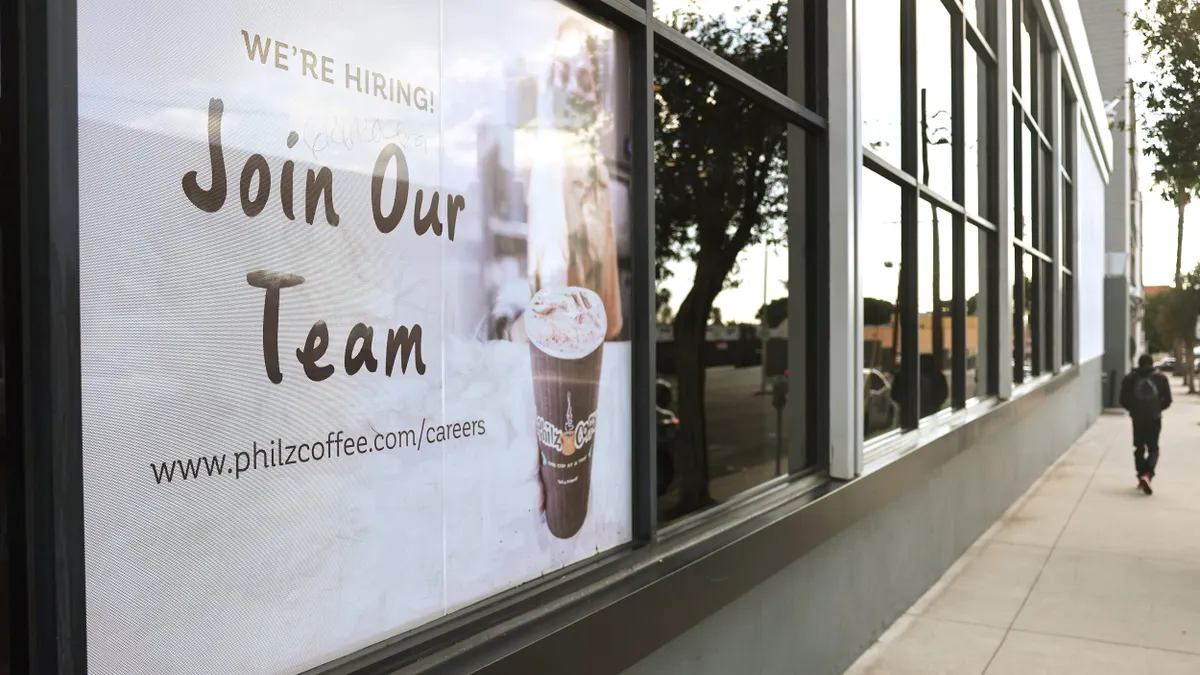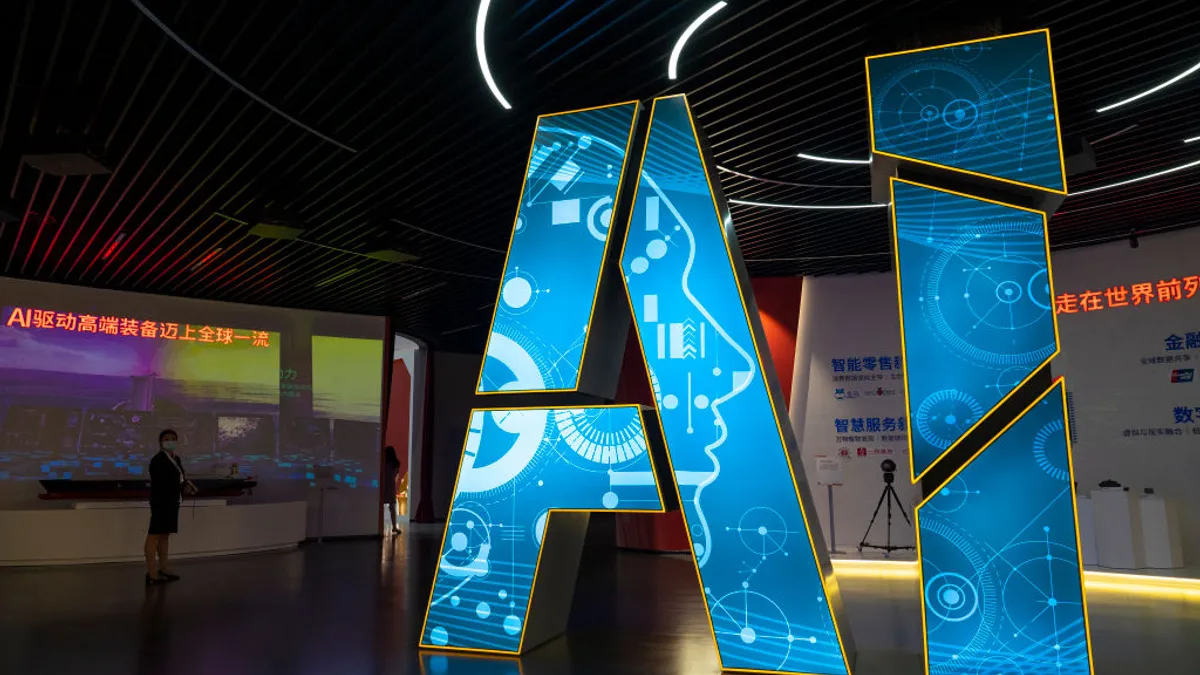Amazon's alleged firing of employees who protested conditions at the company's warehouses during the COVID-19 pandemic prompted Amazon Web Services vice president and engineer Tim Bray to resign, he said in an April 29 blog post.
The firings followed the circulation of a petition detailing a set of protections and provisions for Amazon warehouse workers, including paid sick leave, child care pay and facility shutdowns in the event that an employee tests positive for COVID-19.
According to a report last month by Reuters, Amazon fired two employees who had previously protested its environmental record, Emily Cunningham and Maren Costa, shortly after the petition's release for "repeatedly violating internal policies." Amazon had already fired another employee, Christian Smalls, in March after Smalls attended a demonstration in violation of a paid quarantine, Reuters said.
"[R]emaining an Amazon VP would have meant, in effect, signing off on actions I despised," Bray said. "So I resigned."
Last month's demonstrations followed a series of large, organized employee protests at high-profile companies in recent years. In 2018, for example, Google employees staged a global walkout over the company's treatment of sexual harassment claims. The resulting pressure eventually led to Google to take steps including ending the use of mandatory arbitration agreements.
But others argue the wave of employee protest goes back further. "There's growing evidence that there's a real upsurge in labor activism across many fronts," Rosemary Batt, professor in the HR studies department of Cornell University's School of Industrial and Labor Relations, told HR Dive in an interview.
In the aftermath of the late 2000s recession, for example, low-wage workers began to advocate for higher minimum wages, which resulted in accompanying changes by U.S. states and cities, according to Batt. Companies have also chosen to do so in some cases due to the reputational impact of movements like Fight for $15. "The bottling up of labor activism has been going on for a couple of decades," Batt said.
The COVID-19 pandemic led to another series of protests not only at Amazon, but also at direct-to-consumer brand Rent The Runway and at grocery delivery and pick-up company Instacart, among a series of other companies with workers in essential roles during government enforcement of social distancing guidelines.
Yet Amazon's decision to fire protesting employees is questionable in part because the company had better alternatives, Batt said. Bray, in his blog, acknowledged this: "Management could have objected to the event, or demanded that outsiders be excluded, or that leadership be represented, or any number of other things; there was plenty of time."
Amazon could have asked workers for suggestions or found other ways to slow down the activism, Batt said, and there were any number of conflict resolution approaches available. "There are lots of tools available to management," she added. "Why not take advantage of them?"
While such protests are expected to continue during the pandemic, it's unclear what exactly the situation may look like once the pandemic subsides. "I suspect that we will continue to see small pockets of groups speaking up about workers rights during recovery," Jennifer Miles, assistant professor of management at University of San Diego School of Business, told HR Dive in an emailed statement, "but this is likely to decrease significantly as the economy continues to struggle even after the shut-downs are lifted."
Power dynamics play a role in determining that outcome, Miles added. Amazon employees in the current scenario may feel empowered because of their status in the organization and the availability of unemployment benefits. "However, as unemployment benefits start to run out for many in the coming months, I think we will see the power shift back to employers, at least for a while," she said.
But HR departments should still be "very concerned" about the situation at Amazon, Batt said, citing growing public concern for how workers, particularly low-wage workers, are treated on the job. "There's been a lack of attention to treating people well so that they can be productive at work … that's really penny wise and pound foolish."
Especially during the pandemic, employers will need to be preemptive in providing meaningful protection for workers and demonstrate commitment to their well-being, Miles said. "However, we are seeing that some industries are absolutely taking a different approach, offering only the most minimal changes to safety measures for employees," she added. "In these industries, I think we are likely to see increased push back from employees as the number of cases and deaths continue to rise in the U.S."
The next generation of HR professionals is watching, too, according to Batt. Her conversations with master degree program students have shown her those due to enter the HR industry worry about their ability to maintain their values and ethics during their careers.
"They're very concerned, they want to find alternatives and they want to work for companies that treat people right," Batt said. "Companies are going to need to show that they value people and that it's not just some kind of window dressing."




















